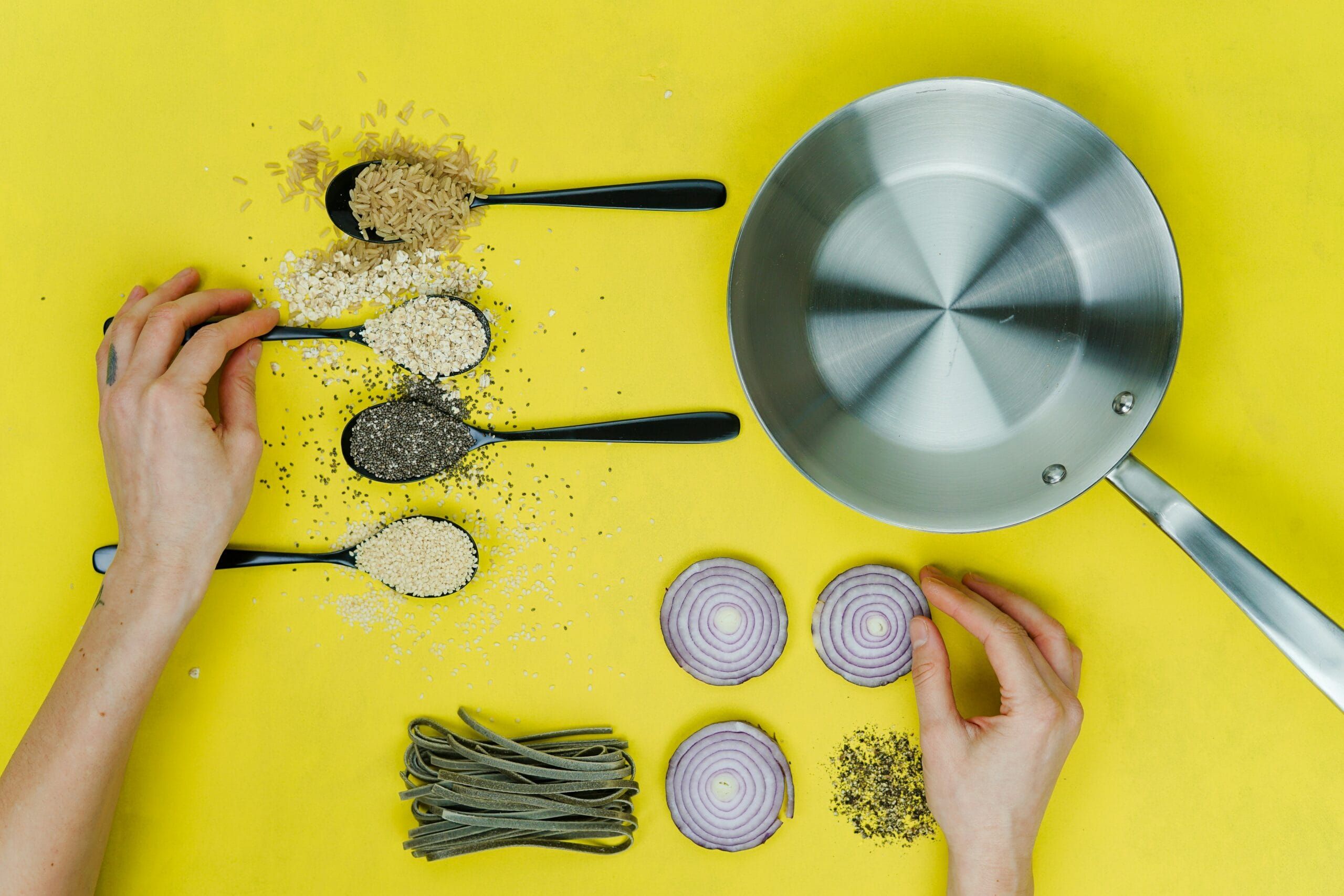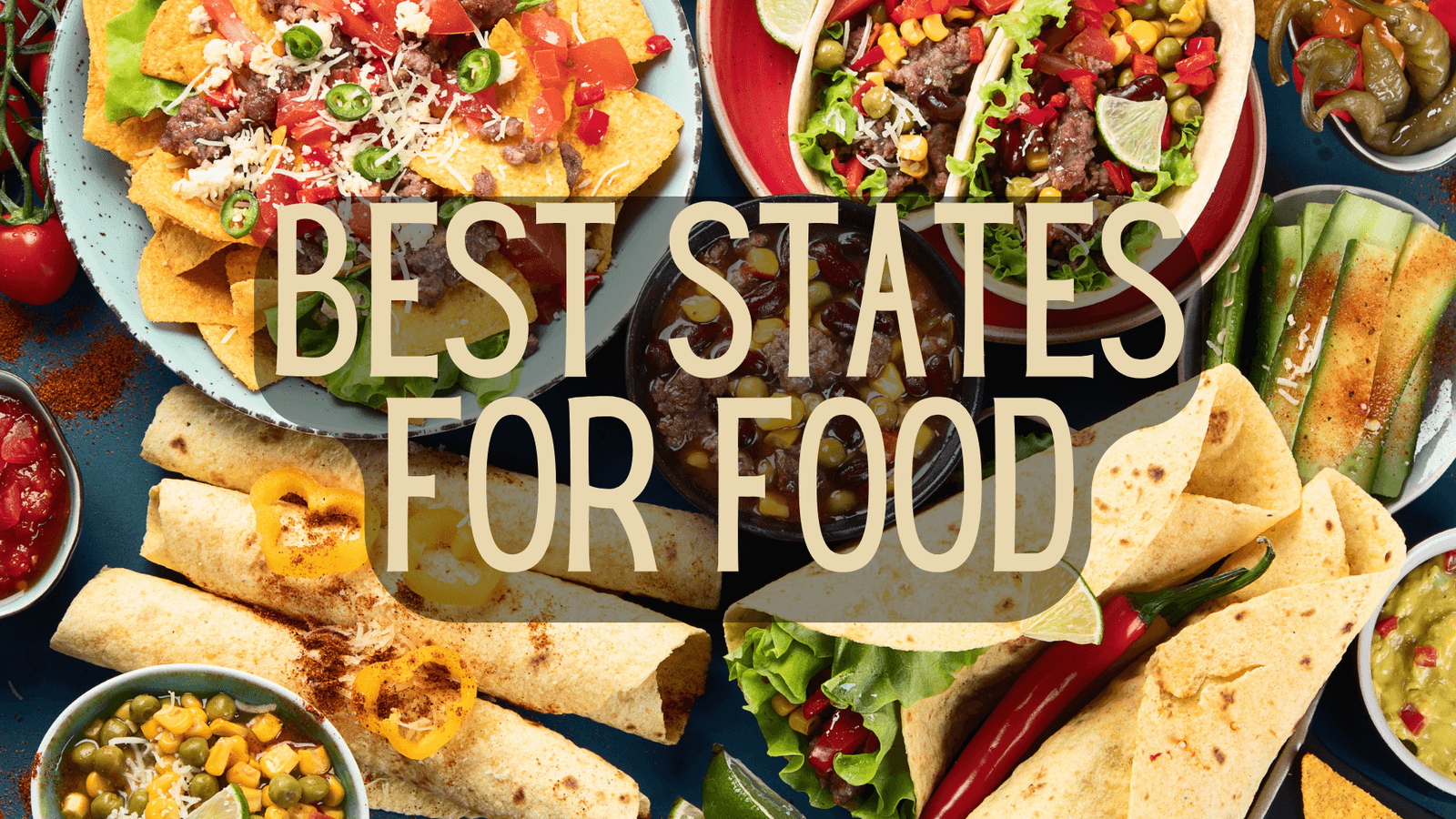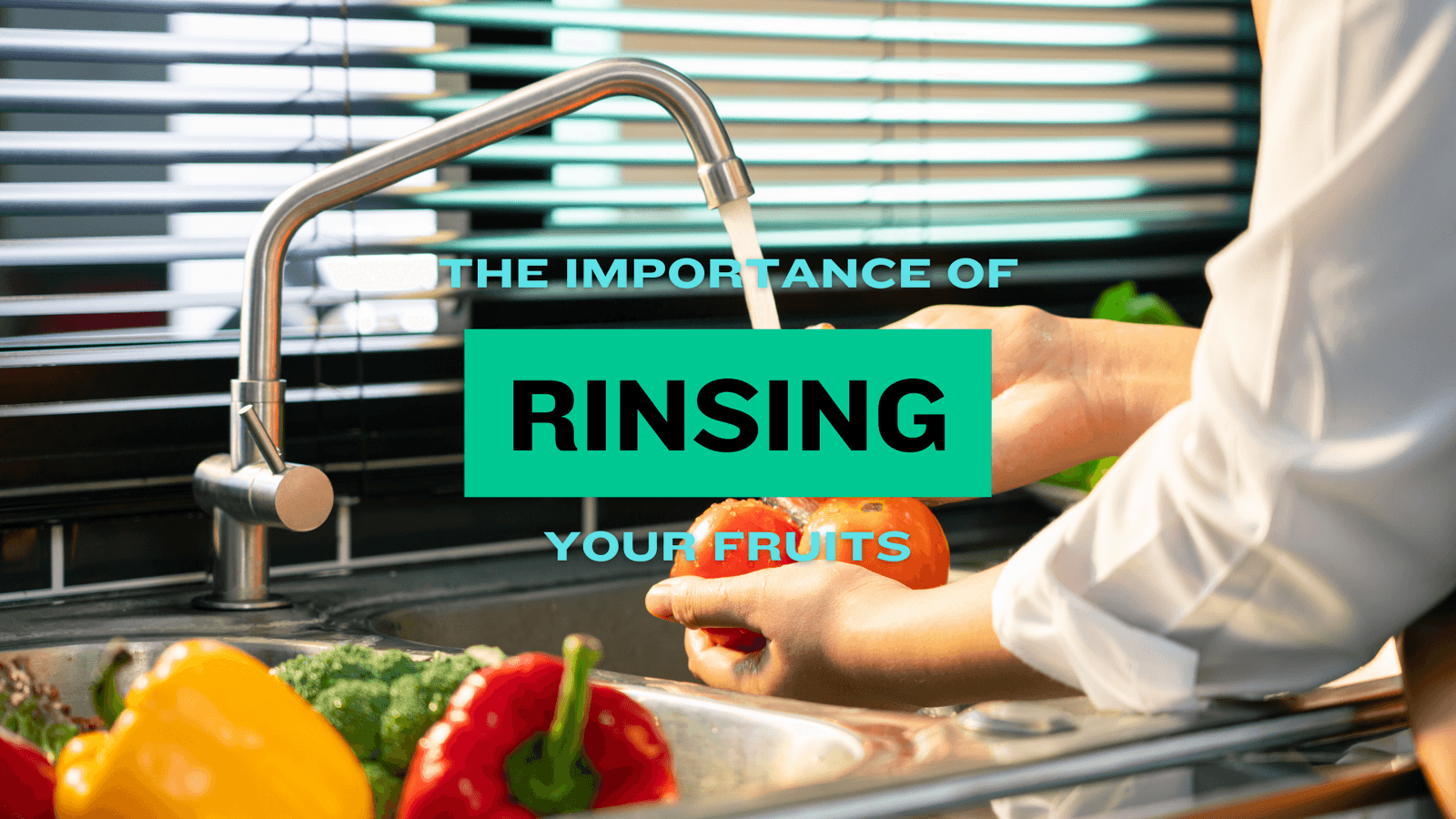Fun and Easy Cooking Adventures
Written by Chelsea on . Posted in Blog. No Comments on Fun and Easy Cooking Adventures
Recipes for Kids: Fun and Easy Cooking Adventures
Hey there, foodies!Have you ever noticed how much kids love to get their hands dirty in the kitchen? Cooking with children is not just about making meals; it’s about creating memories, teaching life skills, and most importantly, having fun together. Today, I want to share some of my favorite kid-friendly recipes that are perfect for little chefs to help with or enjoy.Why Cook with Kids?
Involving kids in the kitchen can be incredibly rewarding. Not only does it teach them about food and nutrition, but it also helps them develop fine motor skills, boosts their confidence, and encourages creativity. Plus, it’s a great way to spend quality time together.Simple and Fun Recipes
Here are a few easy and delightful recipes that kids will love to make and eat:- Mini Veggie Pizzas
- Ingredients: Whole wheat English muffins, tomato sauce, shredded cheese, assorted veggies (like bell peppers, tomatoes, and olives).
- Instructions: Let the kids spread the tomato sauce on the English muffin halves, sprinkle with cheese, and top with their favorite veggies. Bake in the oven at 375°F (190°C) for about 10 minutes, or until the cheese is melted and bubbly.
- Fruit and Yogurt Parfaits
- Ingredients: Greek yogurt, honey, mixed berries, granola.
- Instructions: Have the kids layer yogurt, a drizzle of honey, berries, and granola in a glass. Repeat the layers and top with a few extra berries and a sprinkle of granola.
- Rainbow Veggie Wraps
- Ingredients: Whole wheat tortillas, hummus, sliced veggies (like carrots, cucumbers, bell peppers, and spinach).
- Instructions: Spread hummus on the tortilla, then let the kids arrange the veggies in a rainbow pattern. Roll up the tortilla and slice it into pinwheels.
- Cheesy Quesadillas
- Ingredients: Flour tortillas, shredded cheese, optional fillings (like cooked chicken, beans, or veggies).
- Instructions: Place a tortilla in a skillet, sprinkle with cheese and any additional fillings, then top with another tortilla. Cook on medium heat until the cheese is melted and the tortilla is golden brown. Cut into wedges and serve.
- Banana Sushi
- Ingredients: Bananas, peanut butter, rice cereal, optional toppings (like honey or chocolate chips).
- Instructions: Spread peanut butter on a peeled banana, then roll it in rice cereal. Slice into rounds and enjoy. For a special treat, drizzle with a bit of honey or sprinkle with chocolate chips.
Tips for Cooking with Kids
- Keep it Simple: Choose recipes that are straightforward and don’t require too many steps or complicated techniques.
- Safety First: Teach kids basic kitchen safety, like handling utensils properly and being careful around hot surfaces.
- Let Them Take the Lead: Encourage children to take charge of certain tasks, whether it’s mixing ingredients, spreading sauce, or arranging toppings.
- Make it Fun: Turn cooking into a game or a storytelling session. For example, create a backstory for the dish or pretend you’re chefs in a fancy restaurant.
- Celebrate the Effort: No matter how the dish turns out, celebrate the effort and creativity your kids put into it.






